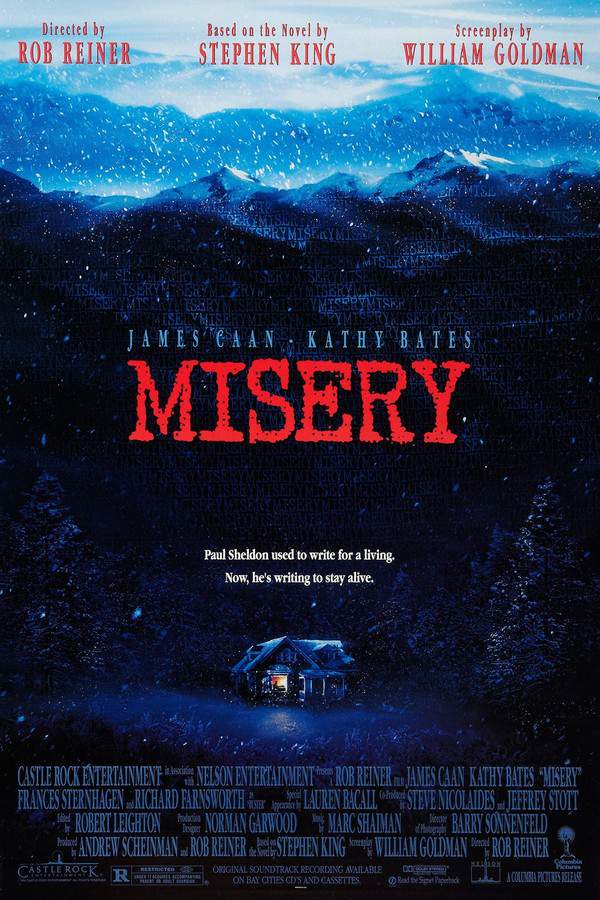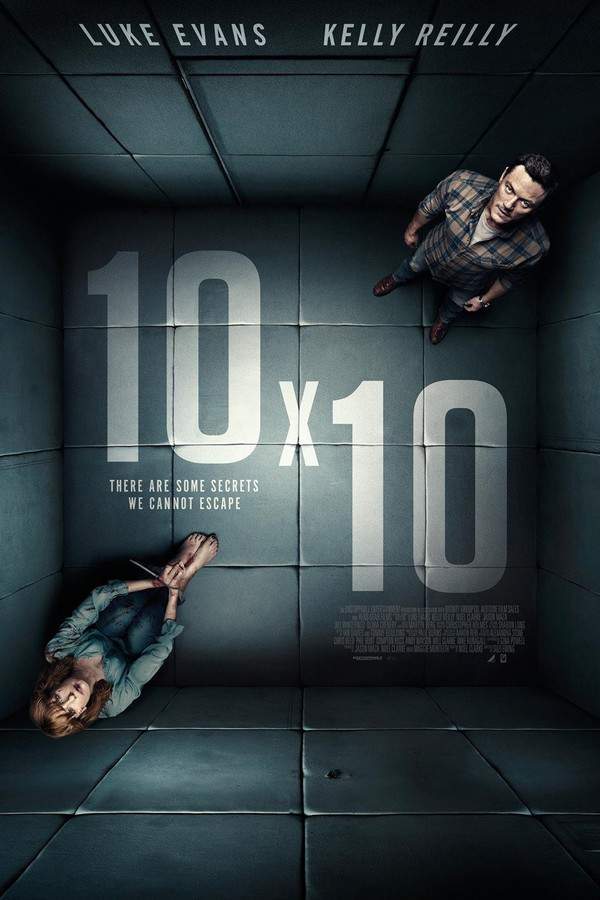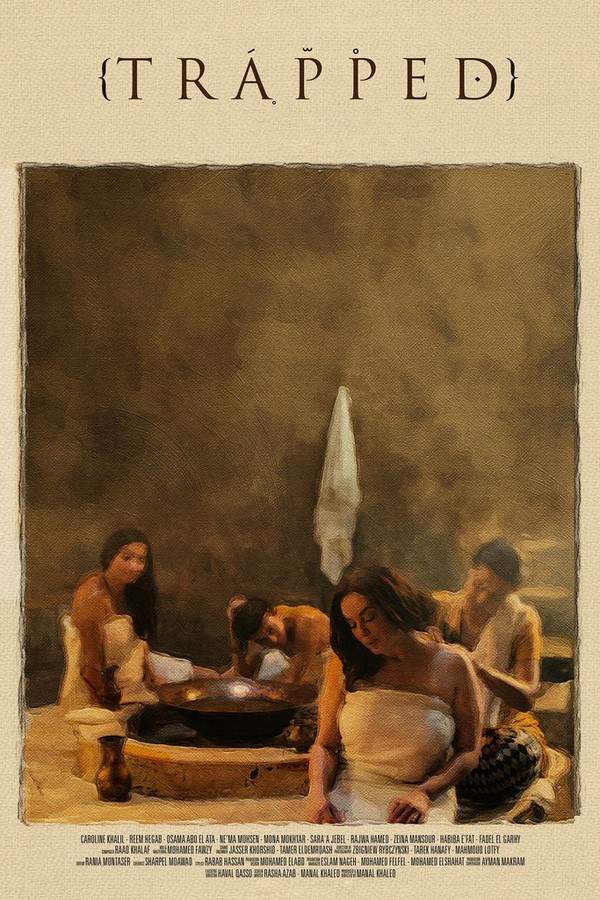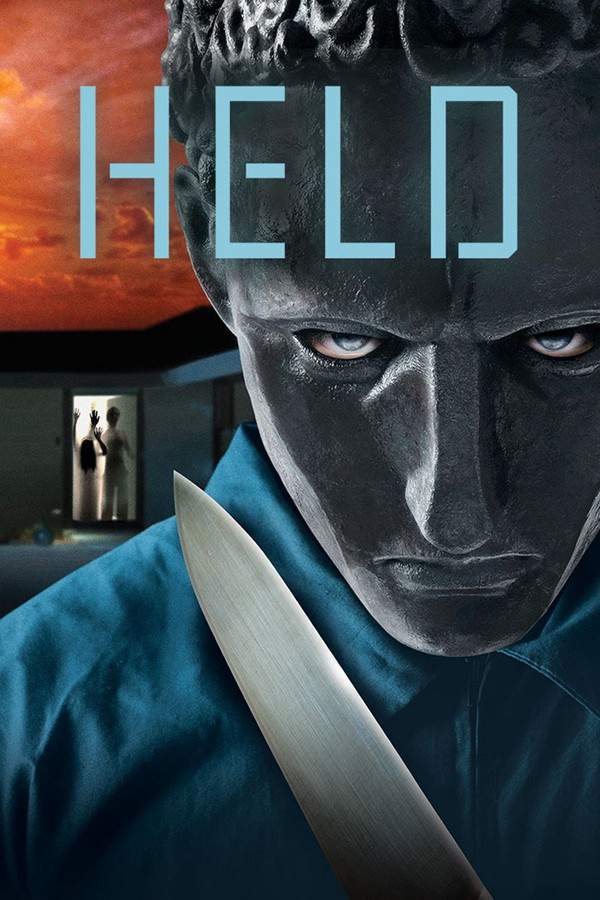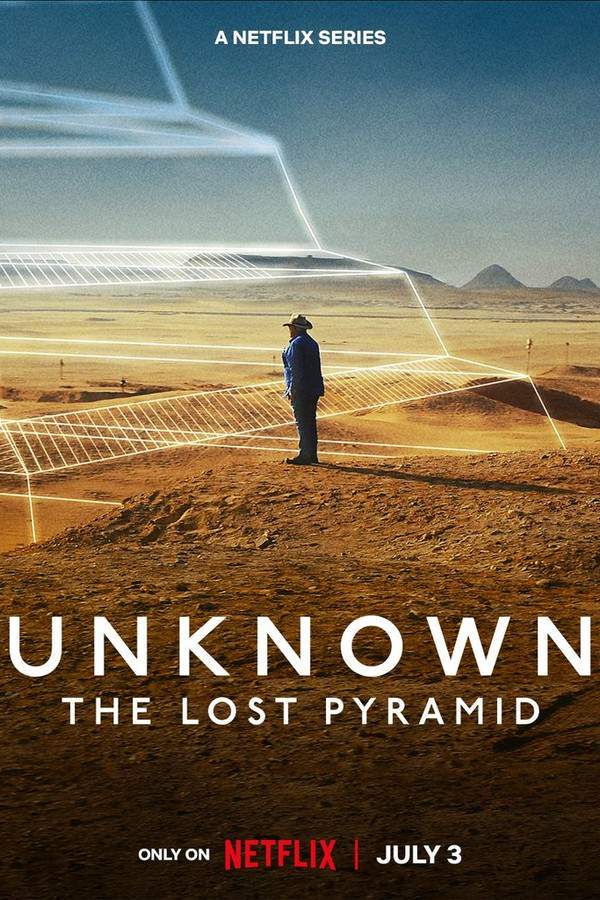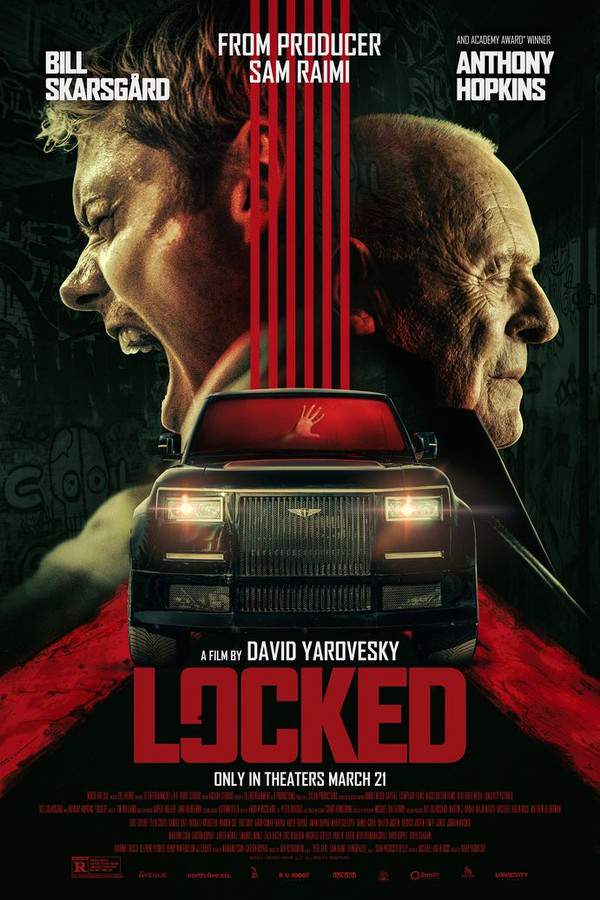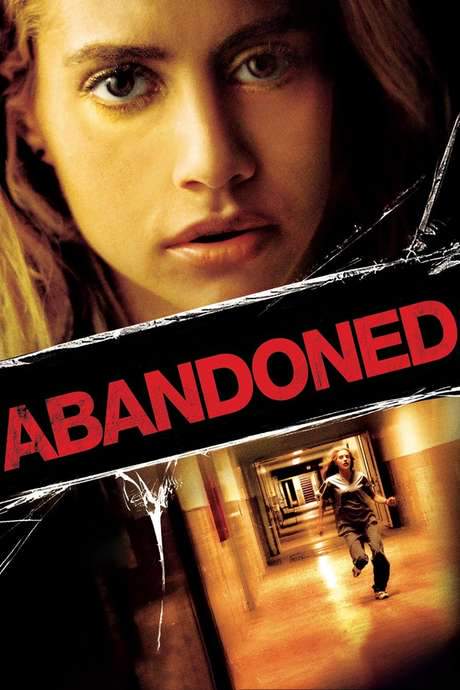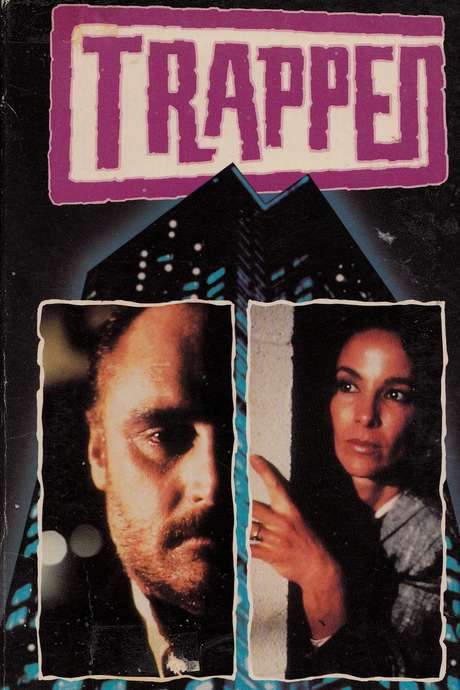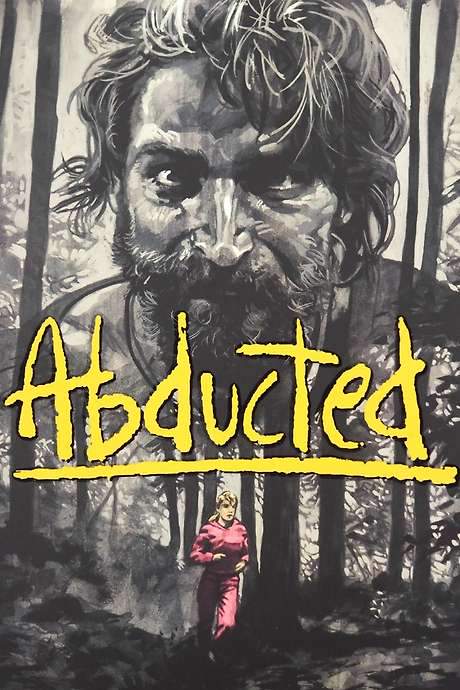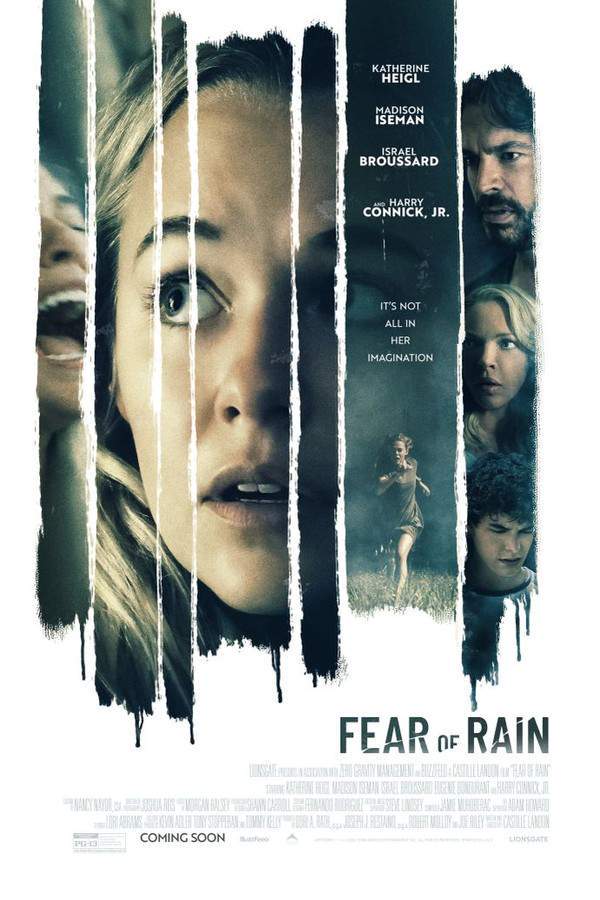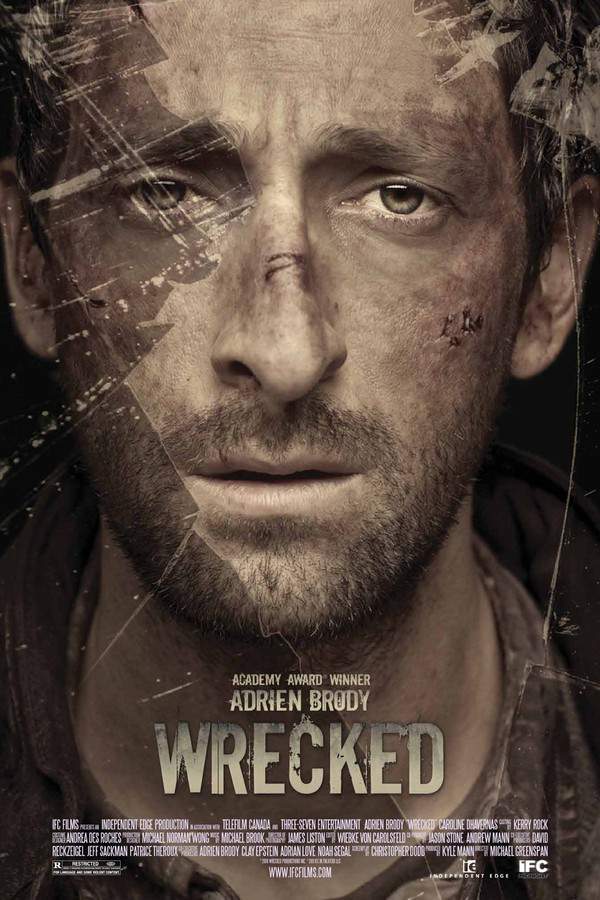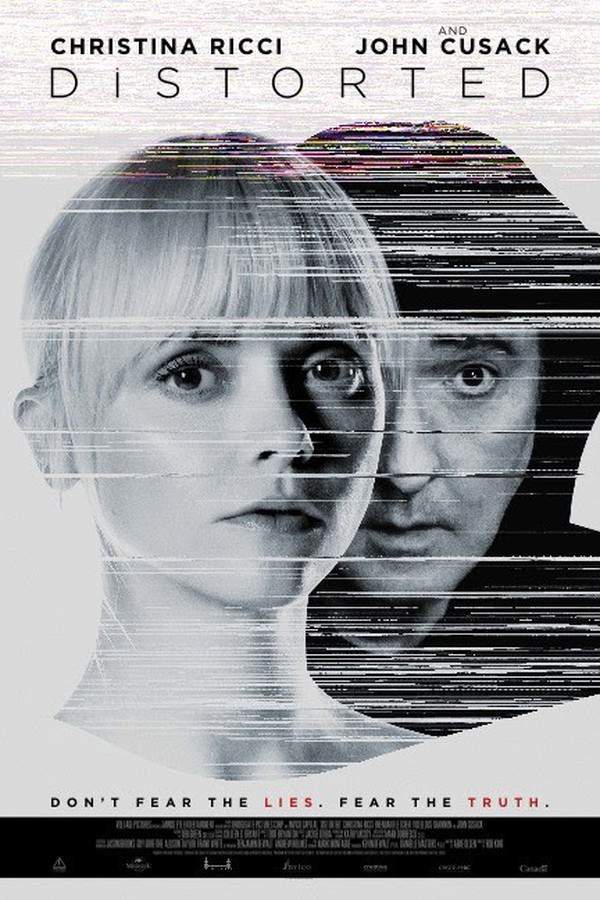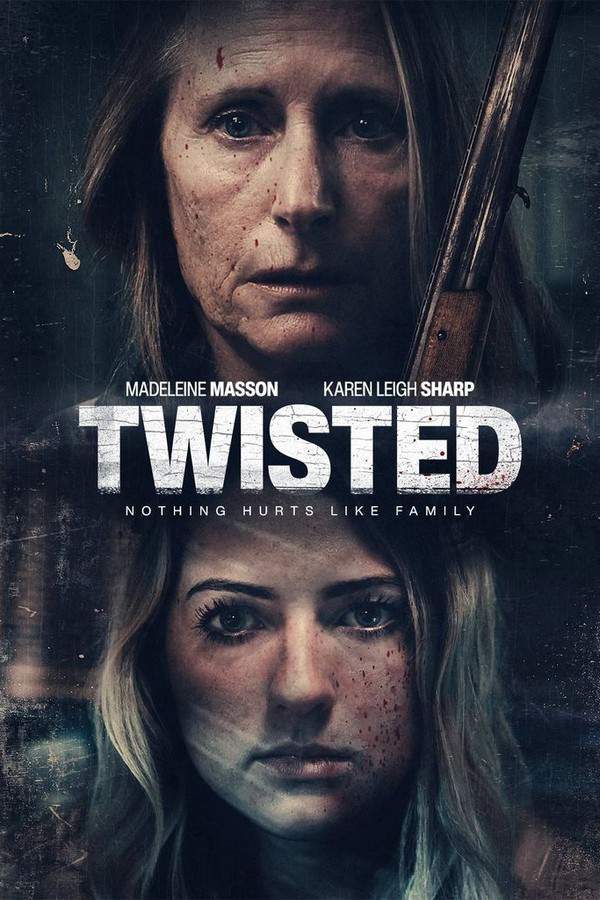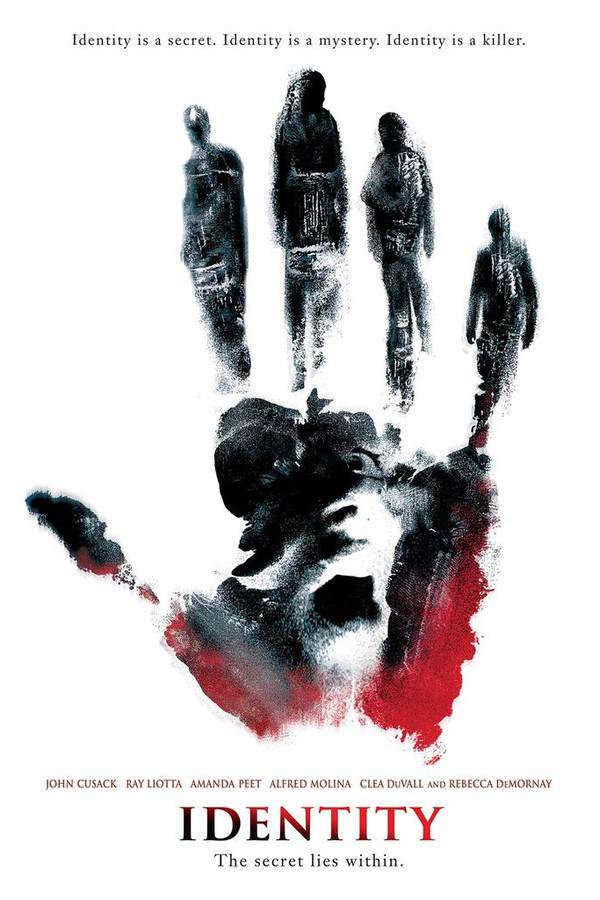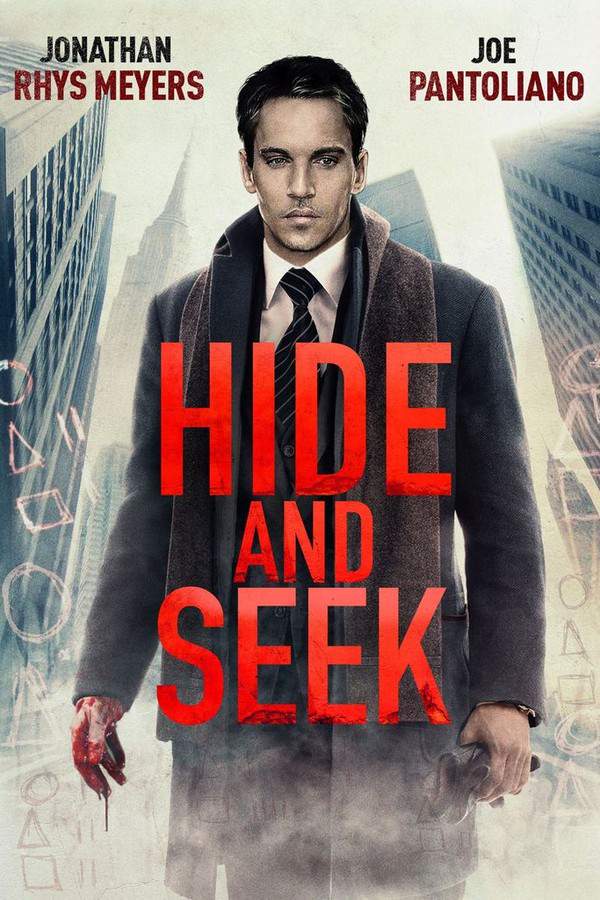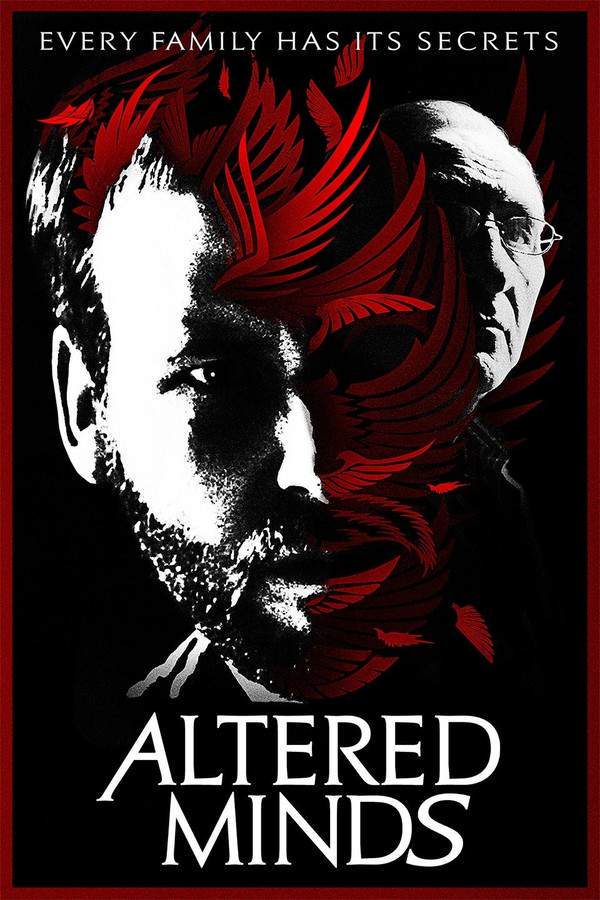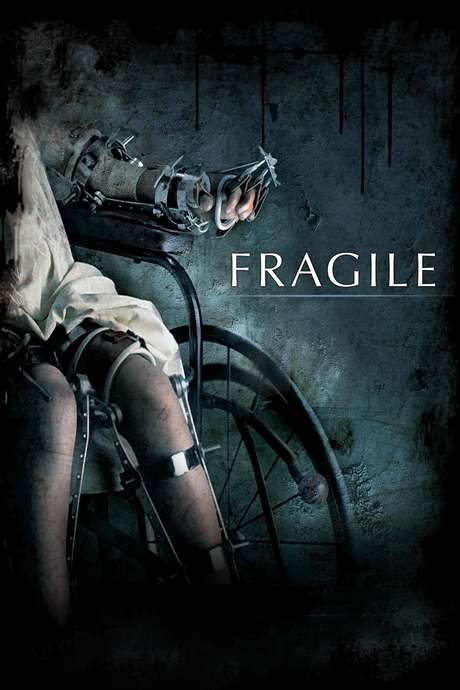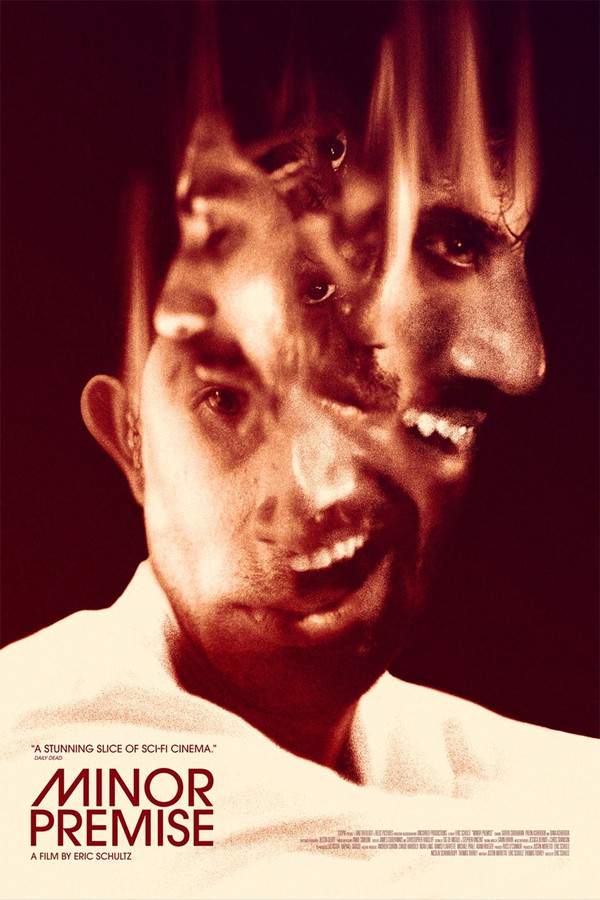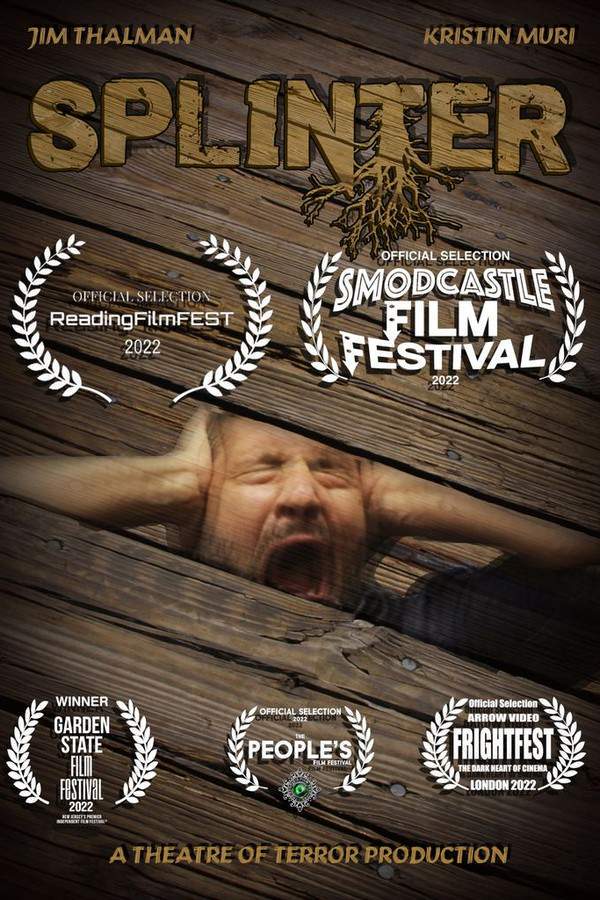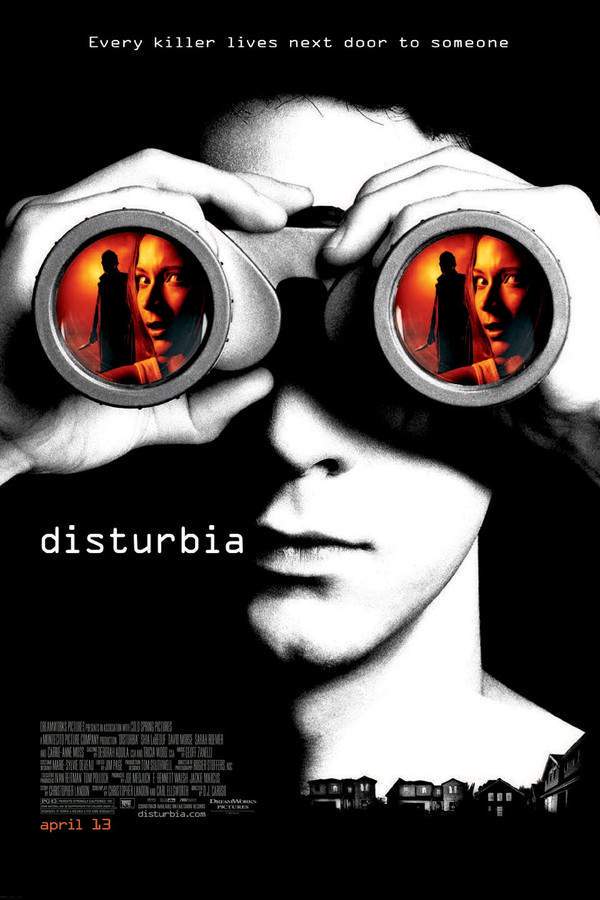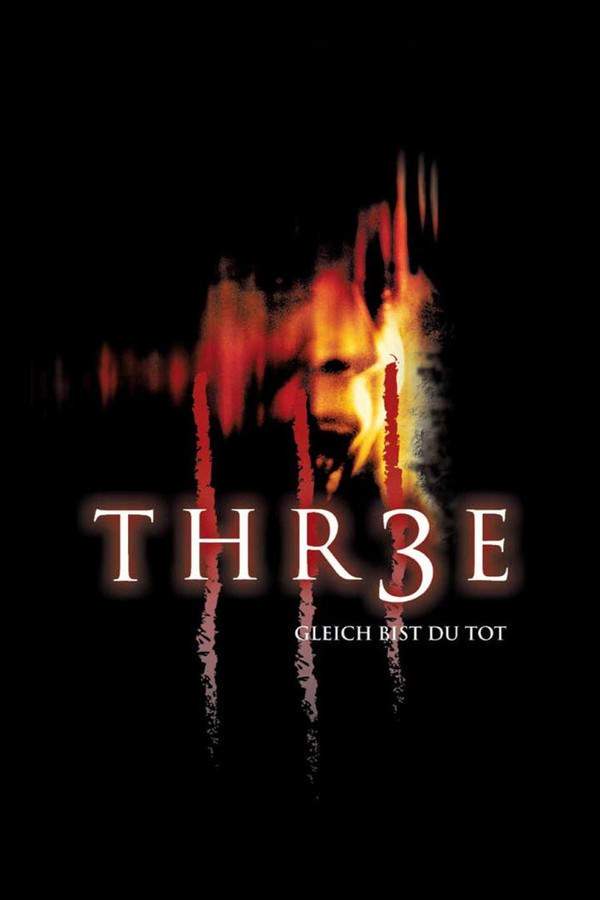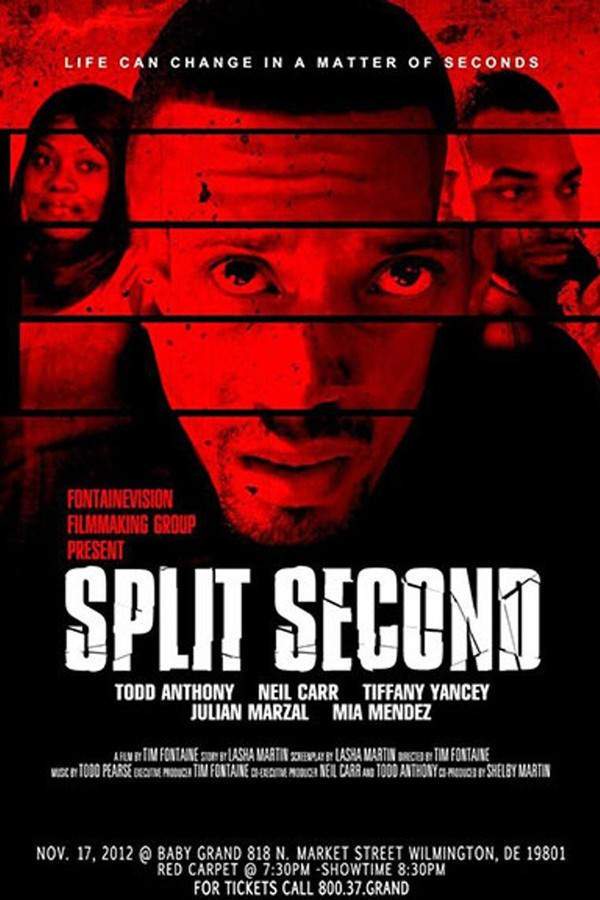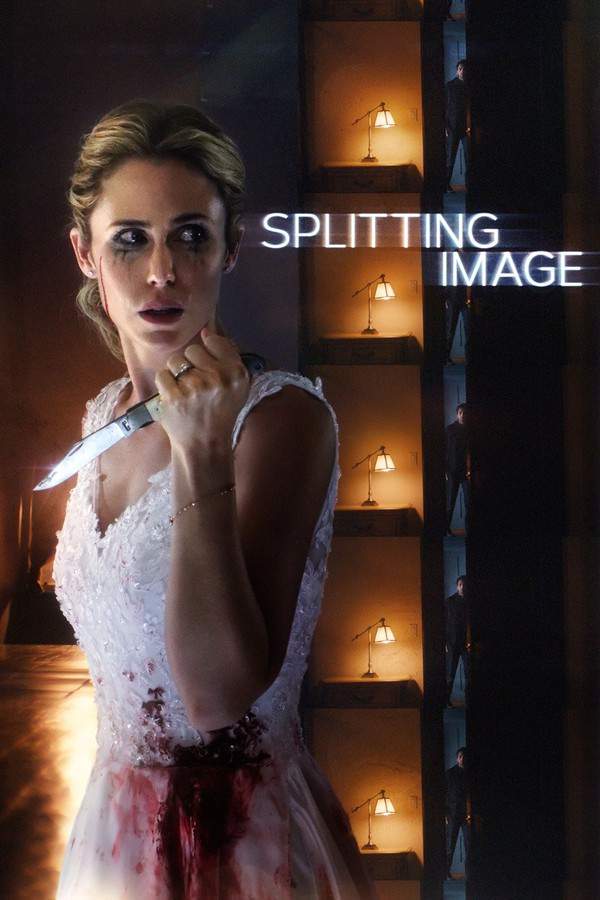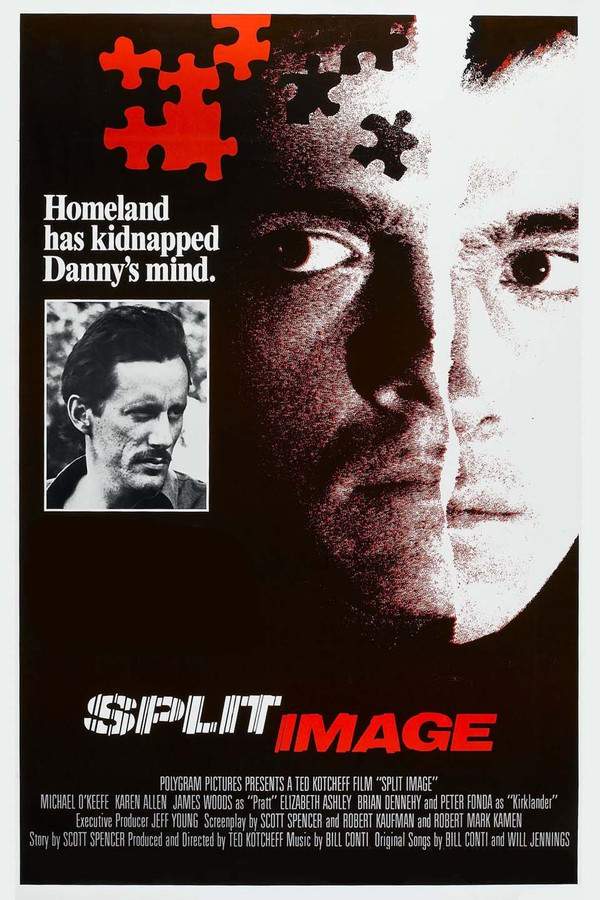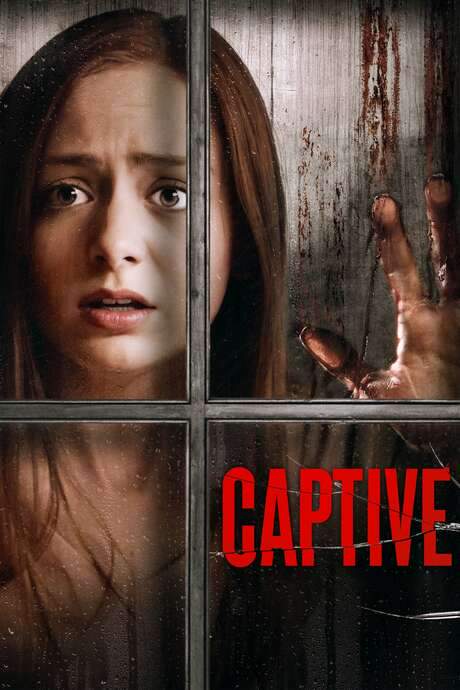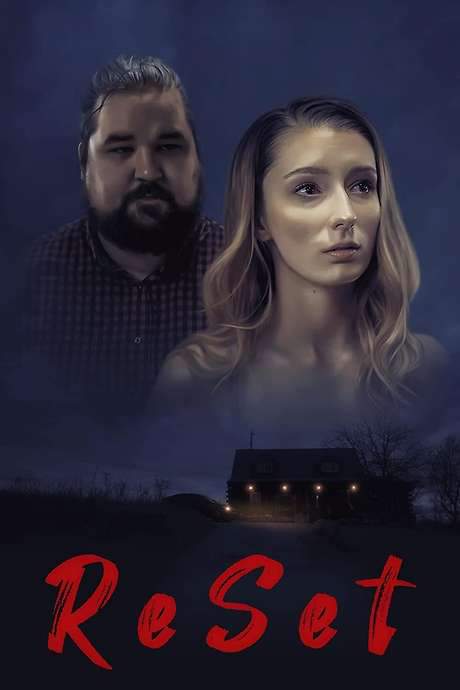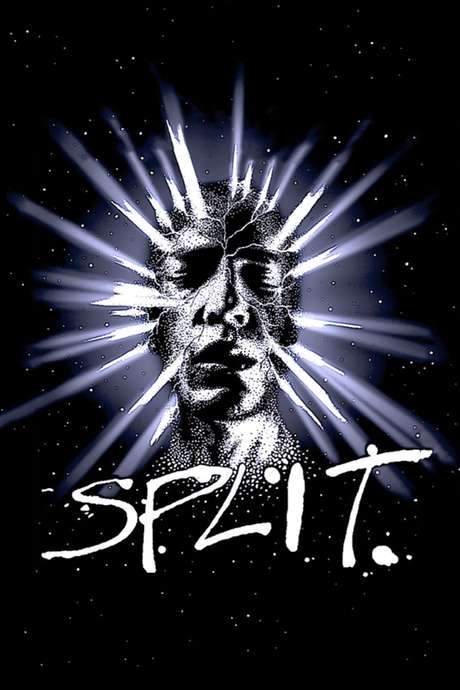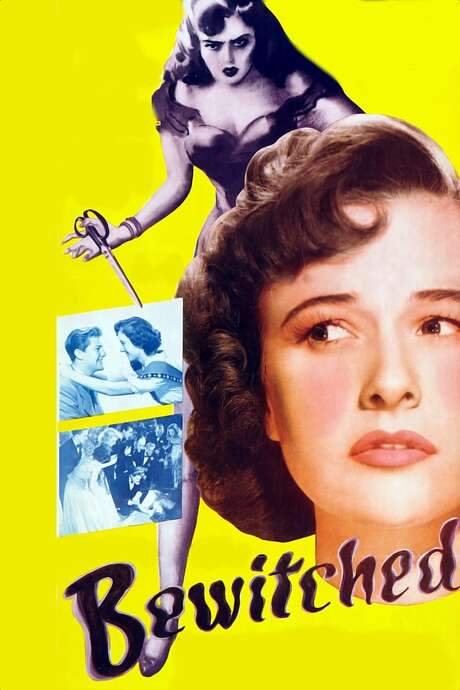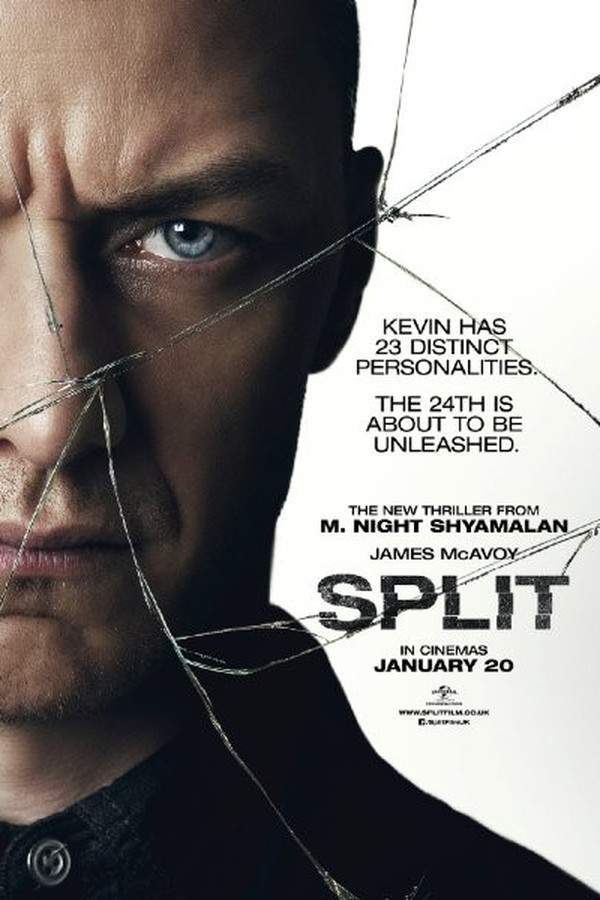
Split
Year: 2017
Runtime: 117 min
Language: English
Director: M. Night Shyamalan
Budget: $9M
Kevin, a man with 23 distinct personalities under the care of Dr. Fletcher, finds himself harboring a dangerous, previously unknown persona. When Casey and her friends arrive, Kevin's carefully constructed stability begins to unravel, triggering a terrifying escalation of psychological turmoil. As his personalities clash and merge, the situation spirals out of control, endangering everyone nearby and pushing the boundaries of his own fractured mind.
Warning: spoilers below!
Haven’t seen Split yet? This summary contains major spoilers. Bookmark the page, watch the movie, and come back for the full breakdown. If you're ready, scroll on and relive the story!
Split (2017) – Full Plot Summary & Ending Explained
Read the complete plot breakdown of Split (2017), including all key story events, major twists, and the ending explained in detail. Discover what really happened—and what it all means.
The story unfolds during Claire’s birthday party, which turns awkward when Casey is reluctantly invited to join in the festivities. While Claire (played by Haley Lu Richardson) recounts tales of Casey’s troubles at school to her father (Neal Huff), it becomes apparent that their friendship is more of a necessity than a genuine bond. Their plans to head home are abruptly interrupted by a mysterious stranger named Kevin (portrayed by James McAvoy), who intrudes on their ride, revealing sinister motives by rendering them unconscious.
Upon waking, Casey finds herself trapped with Claire and Marcia (played by Jessica Sula) in a stark room, where dark realities begin to unfold. Marcia’s cries for help highlight their shared distress, sparking a debate on how to confront their captor. While Claire advocates for solidarity, Casey maintains an unnerving calmness, focusing on strategy.
The narrative then shifts to a serene childhood memory of Casey (played by Izzie Leigh Coffey) learning survival skills from her father (Sebastian Arcelus) and Uncle John (Brad William Henke). Uncle John’s whimsical stories of hunting bring a sharp contrast to the horrors awaiting the girls.
Meanwhile, Dr. Karen Fletcher (played by Betty Buckley), a perceptive therapist, becomes captivated by reports of the missing girls, particularly compelled by an email from one of Kevin’s numerous personalities, Barry. Unbeknownst to her, Barry is just one facet of Kevin, whose psychological complexities and alter egos stretch the limits of belief.
As the girls struggle for escape, they notice a sliver of light through the door, spurred by the arrival of a seemingly kind woman who is, in fact, another of Kevin’s personalities, Patricia. This British-accented persona offers words of reassurance while gleefully outlining fictionally imposed rules regarding their decorum.
In the meantime, Dr. Karen discusses dissociative identity disorder in a video call, unraveling the peculiarities of Kevin’s mind. She highlights a phenomenon she refers to as “the light,” revealing how certain identities can alter their own physical state through sheer will.
While navigating their confounding reality, another personality manifests: Hedwig, who exhibits childlike tendencies. Casey attempts to manipulate Hedwig’s affections to gain an edge. However, her strategies leap between playful dialogue and perilous situations as the girls desperately seek a means to break free.
Just as Claire is on the verge of escape, Kevin morphs back into his more aggressive persona, Dennis, compelling her to remain concealed. A precarious dance unfolds between the girls and their captor, highlighted by tension-laden moments of nearly succeeding and tragic failures.
Throughout these harrowing events, Karen and her assistant, Jai (M. Night Shyamalan), meticulously analyze surveillance footage that hints at Kevin’s manipulative nature. This blend of horror and intrigue carries throughout the narrative, revealing the extent of Kevin’s fragmented psyche, while moments of innocence in Casey’s childhood threaten to echo as she faces her most dangerous obstacles.
As the climax builds, Casey finds herself besieged by The Beast, a monstrous representation of Kevin’s inner battles. With ruthless physicality, The Beast’s transformation represents the culmination of Kevin’s fractured identities, each vying for dominance while Casey becomes a reluctant key player in this tragic game of survival.
In a gripping finale, Casey realizes the grotesque reality of her friends’ fates. As she grapples with the chaos, a chance invocation of Kevin’s true self— “Kevin Wendell Crumb”—further complicates the unfolding terror.
Casey’s harrowing journey through torture, manipulation, and her struggle against the monstrous The Beast culminates in a poignant moment where vulnerability sparks an unexpected connection, leading to a precarious negotiation for survival.
As the storm of turmoil subsides, Casey emerges from the inferno of violence, yet the shadows of Kevin’s psyche cling tightly, leaving an eerie mark on her existence. The closing scenes weave her escape with the grim reminder of Kevin’s identity and the enigmatic cycle of victimhood and monstrosity that haunts their intertwined fates. In a chilling nod to the past, a lingering mention of “Mr. Glass” juxtaposes the narrative, leaving a haunting echo of long-buried truths, forever shifting perceptions of sanity and identity.
Last Updated: October 24, 2024 at 07:39
Ending Explained – What Happens at the End of Split?
Still wondering what the ending of Split (2017) really means? Here’s a spoiler-heavy breakdown of the final scene, major twists, and the deeper themes that shape the film’s conclusion.
The ending of Split reveals that the film actually takes place in the same universe as M. Night Shyamalan’s Unbreakable. The final scenes subtly confirm this connection through a quick shot of a TV report about Kevin’s kidnapping and murders, which is seen in a diner where Bruce Willis, reprising his role as David Dunn, walks out, confirming the link. This twist recontextualizes the story, transforming Split from just a psychological thriller into a origin story for a new supervillain—Kevin, who embodies the supernatural killing machine known as the Beast. As Kevin’s personality gains full control, he demonstrates nearly indestructible strength and nearly invincible resilience, essentially becoming a superhuman threat.
Throughout the film, Kevin’s multiple identities and their physical manifestations serve as a metaphor for trauma and mental health struggles, with his personality called the Beast representing a terrifying evolution of his repressed pain. The film’s climax shows the Beast killing two of the kidnapped girls but sparing Casey, recognizing a shared understanding of suffering—the Beast sees her scars and past abuse, which resonates with his own hardship. Kevin’s capacity for empathy, especially towards Casey, hints at a deeper, more nuanced character than just a monster. This act of mercy suggests that even a broken mind can find moments of genuine humanity.
The final twist not only elevates Kevin’s character to that of a supervillain but also sets the stage for the trilogy’s conclusion, Glass. The film teases a shared universe where characters like David Dunn, Kevin, and the manipulative Elijah Price (Mr. Glass) all exist, setting up their inevitable showdown. Ultimately, Kevin’s plea to be killed at the film’s end underscores his awareness of his monstrous alter ego and his desire to end his suffering. The culmination of the story transforms Split from a horror-thriller into a vital chapter in a larger story about heroism, trauma, and the potential for human resilience in the face of overwhelming darkness.
Last Updated: June 25, 2025 at 08:58
Explore Movie Threads
Discover curated groups of movies connected by mood, themes, and story style. Browse collections built around emotion, atmosphere, and narrative focus to easily find films that match what you feel like watching right now.
Claustrophobic survival thrillers like Split
Stories of ordinary people held captive by a menacing and unstable threat.If you liked the tense captivity and psychological terror of Split, explore more movies like it. This list features similar films where characters fight for survival against a dangerous captor in oppressive, confined settings, creating a gripping and anxious viewing experience.
Narrative Summary
These narratives typically begin with a sudden act of entrapment, stripping characters of their freedom and safety. The plot revolves around outwitting a captor whose motives or sanity are questionable. The confined setting becomes a character itself, amplifying the psychological pressure and forcing characters to rely on their wits under extreme duress.
Why These Movies?
Movies in this thread share a core experience of intense psychological and physical confinement. They are grouped by their oppressive atmosphere, the tension derived from a power imbalance between captor and captive, and the central theme of survival against a deeply unsettling threat.
Fractured mind psychological horror movies like Split
Horror that emerges from the terrifying potential of a broken mind.For viewers who enjoyed the exploration of dissociative identity disorder and psychological turmoil in Split. Discover similar horror and thriller films where the narrative is driven by a character's fractured mental state, creating stories that are deeply unnerving and psychologically complex.
Narrative Summary
The narrative often follows a central character whose perception of reality is unreliable, forcing the audience to piece together the truth. The story delves into the origins of the trauma that fractured the mind, building sympathy and terror simultaneously. The climax typically involves the emergence of a dangerous persona or the complete collapse of the individual's mental defenses.
Why These Movies?
These films are connected by their central theme of psychological fragmentation as the source of horror. They share a heavy emotional weight, a focus on internal chaos, and a tone that is deeply unsettling as they explore the dark corners of human psychology and trauma.
Unlock the Full Story of Split
Don't stop at just watching — explore Split in full detail. From the complete plot summary and scene-by-scene timeline to character breakdowns, thematic analysis, and a deep dive into the ending — every page helps you truly understand what Split is all about. Plus, discover what's next after the movie.
Split Timeline
Track the full timeline of Split with every major event arranged chronologically. Perfect for decoding non-linear storytelling, flashbacks, or parallel narratives with a clear scene-by-scene breakdown.

Characters, Settings & Themes in Split
Discover the characters, locations, and core themes that shape Split. Get insights into symbolic elements, setting significance, and deeper narrative meaning — ideal for thematic analysis and movie breakdowns.

Split Ending Explained
What really happened at the end of Split? This detailed ending explained page breaks down final scenes, hidden clues, and alternate interpretations with expert analysis and viewer theories.

Split Spoiler-Free Summary
Get a quick, spoiler-free overview of Split that covers the main plot points and key details without revealing any major twists or spoilers. Perfect for those who want to know what to expect before diving in.

More About Split
Visit What's After the Movie to explore more about Split: box office results, cast and crew info, production details, post-credit scenes, and external links — all in one place for movie fans and researchers.

Similar Movies to Split
Discover movies like Split that share similar genres, themes, and storytelling elements. Whether you’re drawn to the atmosphere, character arcs, or plot structure, these curated recommendations will help you explore more films you’ll love.
Explore More About Movie Split
Split (2017) Scene-by-Scene Movie Timeline
Split (2017) Movie Characters, Themes & Settings
Split (2017) Ending Explained & Theories
Split (2017) Spoiler-Free Summary & Key Flow
Movies Like Split – Similar Titles You’ll Enjoy
Minor Premise (2020) Detailed Story Recap
Splinter (2008) Plot Summary & Ending Explained
Disturbia (2007) Movie Recap & Themes
Identity (2003) Film Overview & Timeline
Thr3e (2007) Full Movie Breakdown
Split Second (1992) Detailed Story Recap
Splitting Image (2017) Movie Recap & Themes
Split Image (1982) Plot Summary & Ending Explained
Captive (2020) Ending Explained & Film Insights
ReSet (2021) Film Overview & Timeline
Split (1989) Full Summary & Key Details
Split Scream (2023) Full Summary & Key Details
Slice (2009) Complete Plot Breakdown
Bewitched (1945) Plot Summary & Ending Explained
The Killer of Dolls (1975) Detailed Story Recap

